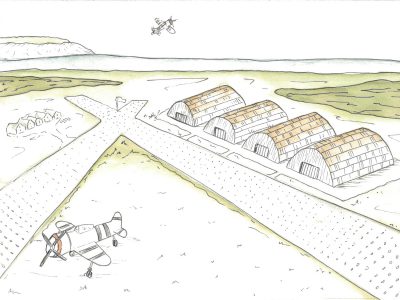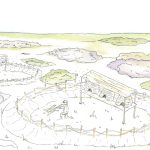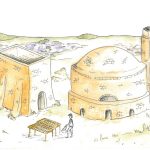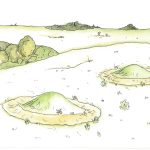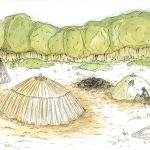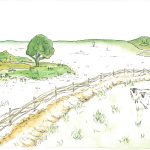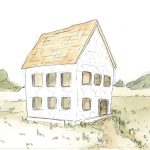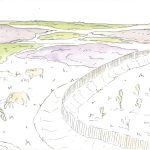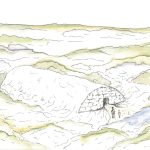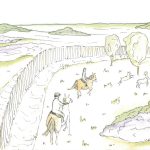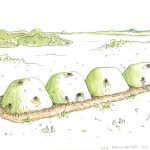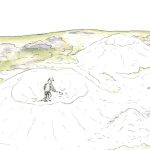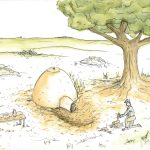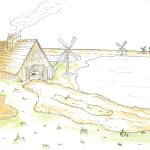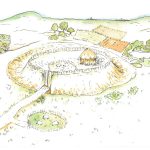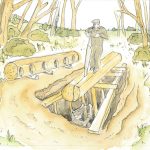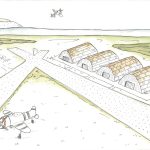Interpretative Illustrations of New Forest Archaeological Sites
Author: NFNPA Archaeology
As part of the ongoing New Forest survey work to record the archaeological sites surviving on the New Forest and in partnership with a student placement from the University of Southampton a series of illustrations were created to give volunteers and the general public an idea of what current archaeological sites may have looked like when they were first created or were in use.
All of the Illustrations have been drawn by Liz Hall following her own research.
The full list of Illustrations are:
- Advanced Landing Ground – A number of these sites were created on the south coast during WWII in the build up to D Day.
- Bee Garden
- Brick Works – The illustration has two different kilns a square shaped Scotch Kiln and a round Beehive Kiln, both of which can be found in the New Forest, but not at the same location.
- Bronze Age Barrows
- Charcoal Burning – A number of charcoal platforms have been recorded during field survey, these survive as slightly raised circular platforms
- Enclosure Bank – For containing animals
- Hillfort – An interpretation of a small New Forest hillfort
- Hunting Lodge
- Inclosure Bank – For protecting navy timber plantations from grazing animals
- Neolithic Long Barrow – None have been found in the New Forest, but a name can be found along the Avon Valley
- Park Pale – Medieval banks for the control of beasts of the hunt
- Pillow Mound – Mounds created of the farming of rabbits, a number of these can be found on the National Trust northern commons
- Quarry
- Roman Pottery Kiln
- Saltern
- Sawpit – a large number of these have been recorded in woodland inclosures around the New Forest
A article for each Illustration will be created with some examples of surviving features you can visit on the open New Forest.


